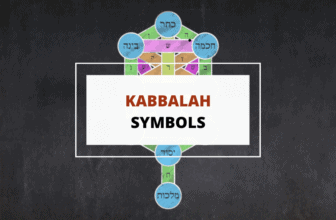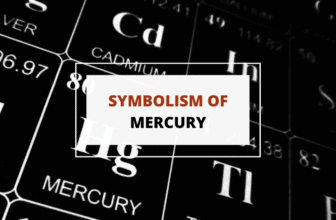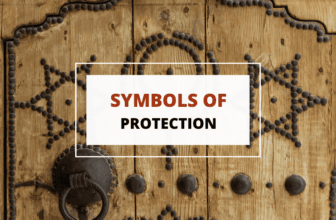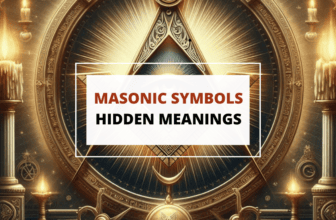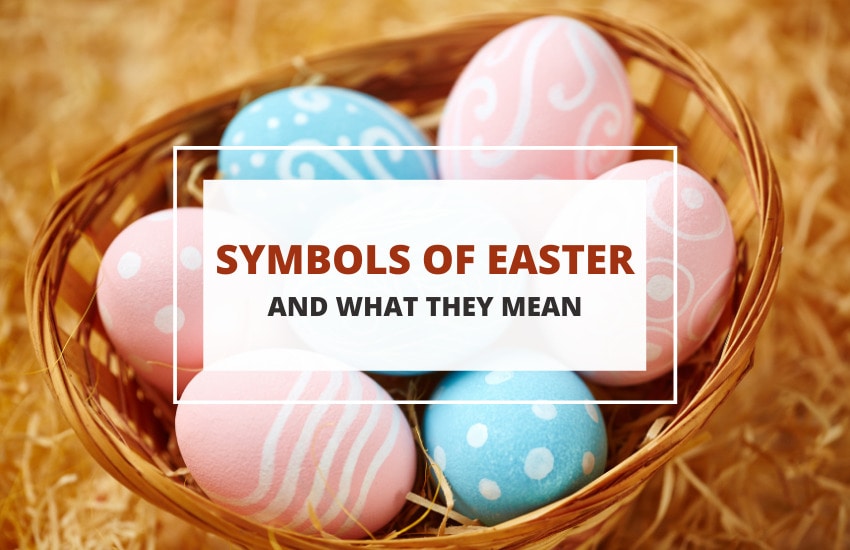
Table of Contents
Easter, together with Christmas, is one of the two biggest Christian holidays for people of almost every Christian denomination.
Just like Christmas, however, Easter’s origins are closely intertwined with multiple other pagan traditions and cultures and not just the Christian faith.
This has made both holidays incredibly colorful, enjoyable to celebrate, and inclusive. It also makes the meaning behind some of Easter’s symbols quite convoluted and confusing, however, as well as fun to explore.
Let’s go over the 10 most famous symbols of Easter below and see what each of them represents.
Easter Symbols
There are many symbols of Easter, especially if we go through each of the thousands of Christian denominations across the globe. While it’s not possible to go through them all, we’ve listed 10 symbols that are popular in almost every corner of the Christian world.
1. The Cross
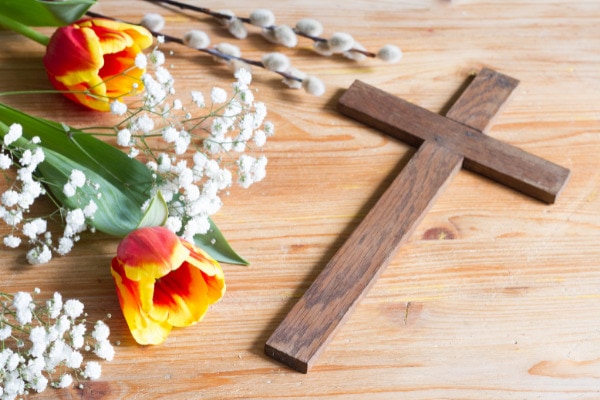
The Cross is easily one of the most popular and recognizable Christian symbols in the world. It came to be associated with Easter as Jesus Christ was crucified on the hill of Golgotha on Good Friday.
Three days later, on Easter itself, Jesus rose from his tomb having fulfilled his promise to humanity and redeemed their sins.
For that reason, the simple cross made out of a dogwood tree is the most significant symbol of Easter.
2. The Empty Tomb
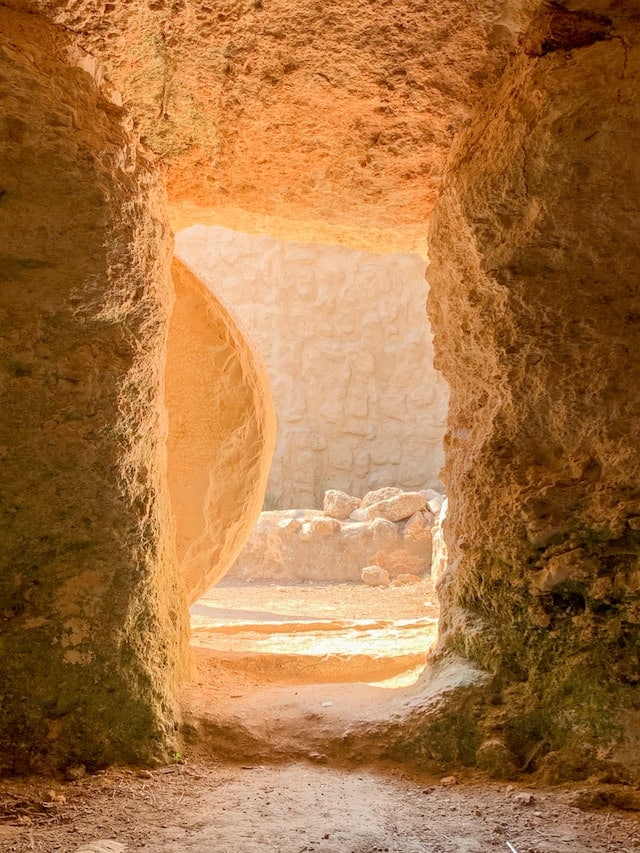
As with the Cross, Jesus’ empty tomb is a Christian symbol that represents Easter in the most straightforward fashion.
When Jesus rose from the dead, he left the empty tomb behind him on the day of Easter and proved his resurrection to the world.
While the empty tomb isn’t used as a symbol of Christianity as often as the Cross, it’s arguably even more directly linked to the holiday of Easter.
3. Easter Eggs

Easter eggs are the most popular out of all non-Christian Easter pagan traditions. They aren’t directly linked to Christianity or Jesus’ resurrection but were a part of the north and east European pagan springtime holiday.
This is in honor of the goddess Eostre. Eggs, a symbol of birth and fertility, were naturally associated with springtime.
Once Christianity spread through Europe and the holiday of Passover coincided with Eostre’s celebrations, the two traditions simply merged.
However, Eostre’s colorful eggs did fit well with Passover and this new Easter, as eating eggs is forbidden during the 40-day Lent period before Easter.
People could continue the tradition of coloring hard-boiled eggs during Lent and then celebrate its end and Jesus’ Resurrection with delicious eggs and other special meals.
4. The Paschal Candle
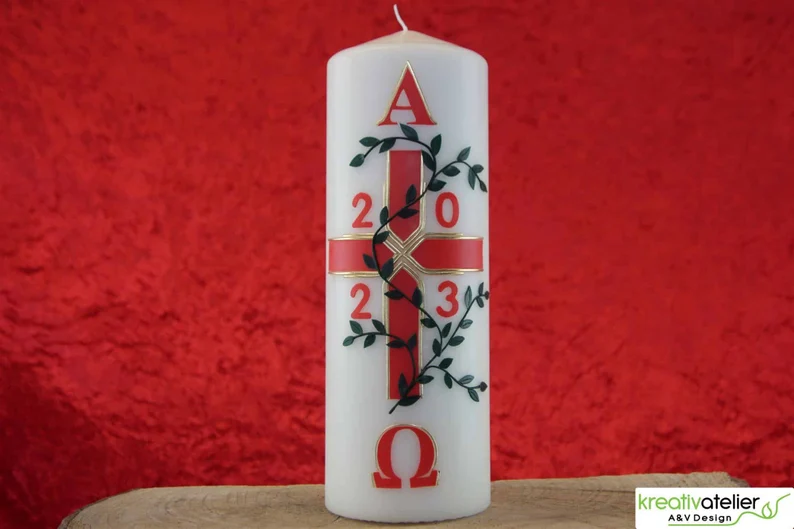
Every Easter Vigil, the tradition dictates that a Paschal candle is lit from a new fire in a church, the evening before Easter Sunday.
It’s a standard beeswax candle but it should be marked with the year, a cross, and the Alpha and Omega letters for the beginning and the end.
The Paschal candle is then used to light the candles of all other members in the congregation, symbolizing the spreading of Jesus’ light.
5. The Easter Lamb
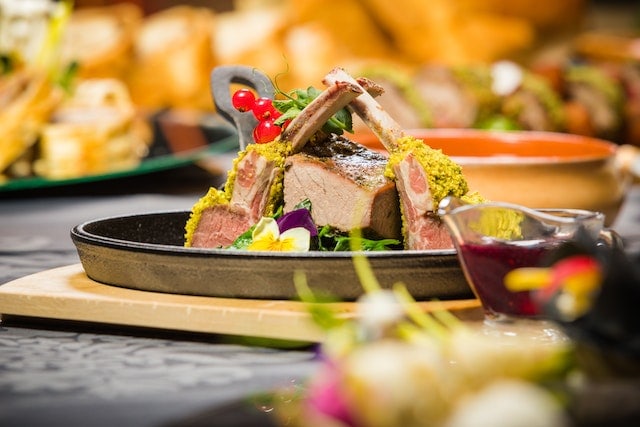
As the Bible calls Jesus “the Lamb of God”, it’s no surprise that the Easter lamb is a major sign of Easter. This Paschal Lamb symbolizes Jesus Christ himself and his sacrifice for all humanity on Easter.
Many Easter traditions from Eastern Europe to the US celebrate Easter with a lamb-based dish on Easter Sunday evening, after the end of Lent.
6. The Easter Bunny
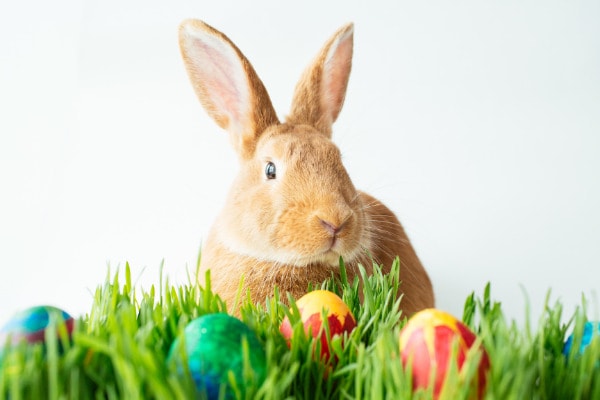
The Easter bunny is a pagan tradition that not all Christian denominations follow, but it’s a big part of the Easter tradition in most of the Western Christian world, especially the US.
There are various theories about the exact origin of this traditional symbol. Some say it was brought to America by German immigrants in the 1700s while others say it’s an ancient Celtic tradition.
Either way, the idea behind the Easter bunny seems clear – it’s a traditional symbol of fertility and spring, just like the Easter eggs. That’s why the two are so often portrayed together even though there’s no mention of them in the Bible.
7. Easter Bread
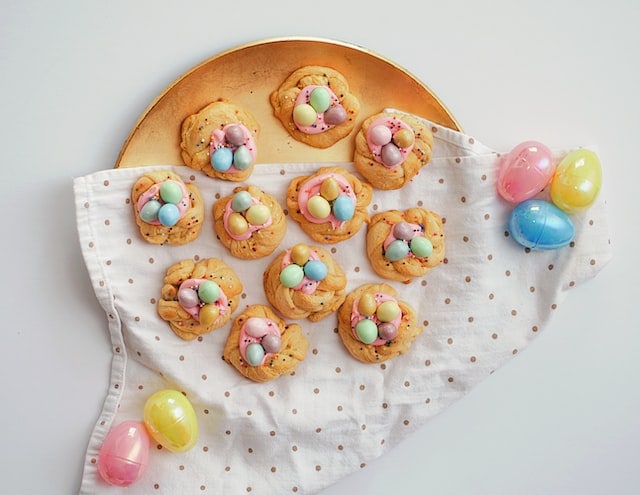
Easter bread comes in dozens of different shapes, types, and sizes – some sweet, some salty, some large, and others – bite-sized.
Hot cross buns, soft pretzels, Eastern European kozunak bread, and various other types of bread are all very much associated with the different Easter traditions.
Wherever you are in the Christian world, eating Easter eggs with hot milk, and sweet Easter bread is most likely the norm for Easter Sunday morning.
8. The Easter Basket
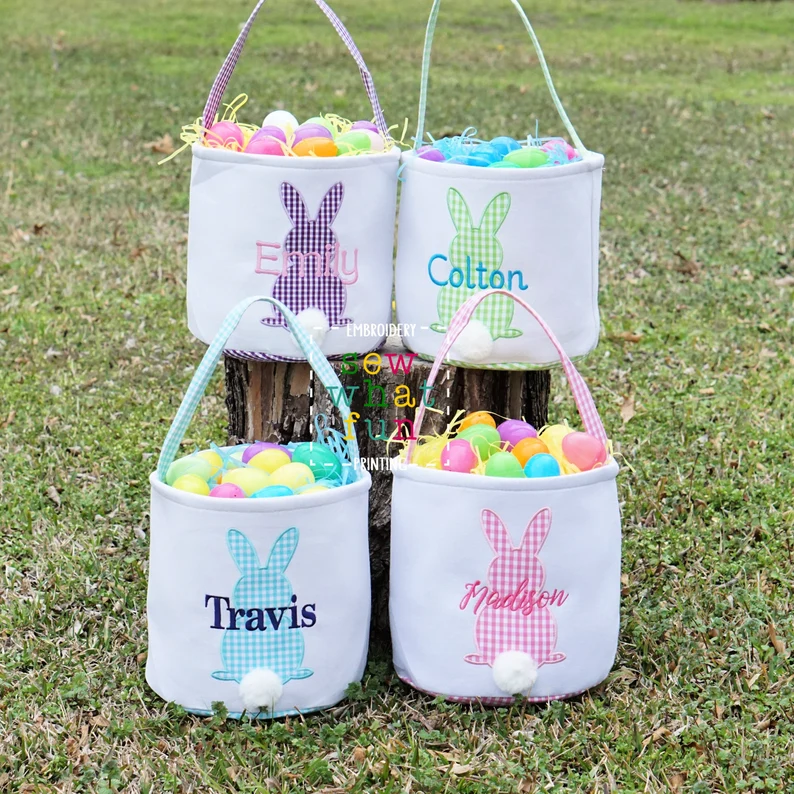
All the delicious food-based traditions such as Easter eggs, baby chicks, sweet Easter bread, and various other Easter breakfast foods are commonly presented in an Easter basket.
When they’re not, the basket is usually used to hold a set of Easter eggs placed in the center of the Easter table.
9. Baby Chicks
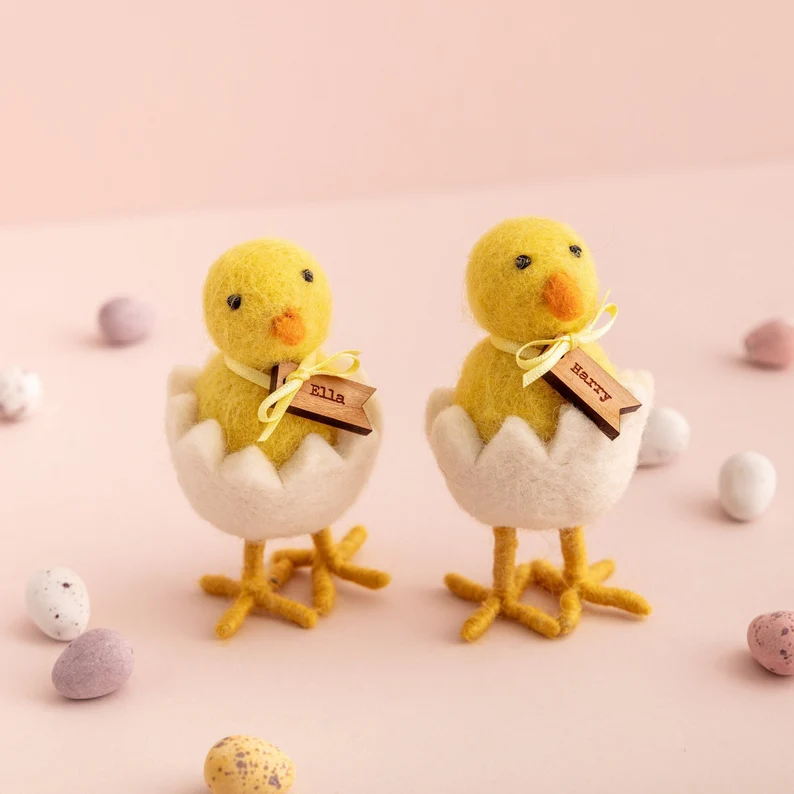
A less common symbol than the Easter bunny but still quite recognizable, baby chicks are often portrayed together with Easter eggs.
Like Easter bunnies and eggs, baby chicks also symbolize springtime youth and fertility. Baby chicks are a more common Easter symbol than the Easter bunny among Christians, as well as in Eastern Orthodox churches.
10. The Easter Lily
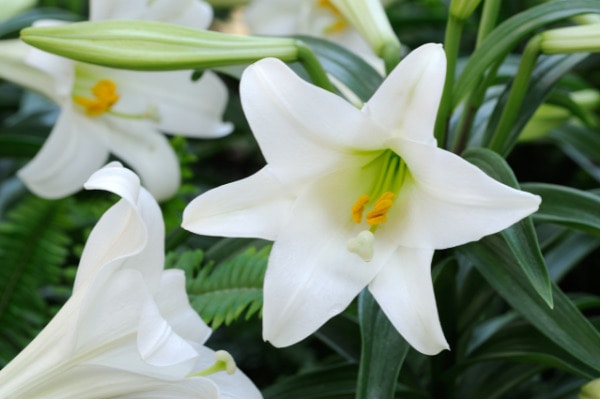
The Easter lily is both a pagan and Christian symbol, closely connected to Easter from either side. In most pagan traditions, the gorgeous white lily is as much a symbol of the springtime fertility of the land as are bunny rabbits, baby chicks, and Easter eggs.
In the pre-Christian Roman tradition, the white lily was also associated with Hera, the Queen of Heaven. According to her myth, the white lily came from Hera’s milk.
Likely from there, the lily later became associated with Mary in the Roman Church. Lilies were also often mentioned in the Bible, although the wild Middle Eastern lilies at the time weren’t exactly the same flowers as the modern Lilium Longiflorum white lilies we often use on Easter.
In Brief
As mentioned earlier, Easter is represented by many different symbols, some more commonly known than others and the symbols on this list are just a few of them.
While some of them started out as completely different symbols that had nothing to do with Easter, they are now extremely popular and continue to be used around the world to represent the holiday and the resurrection of Jesus Christ.
Similar Articles:
History and Origins of Easter – How This Christian Holiday Evolved
8 Powerful Symbols of Lent: A Journey of Faith and Reflection
10 Popular Christian Symbols – History, Meaning and Importance




